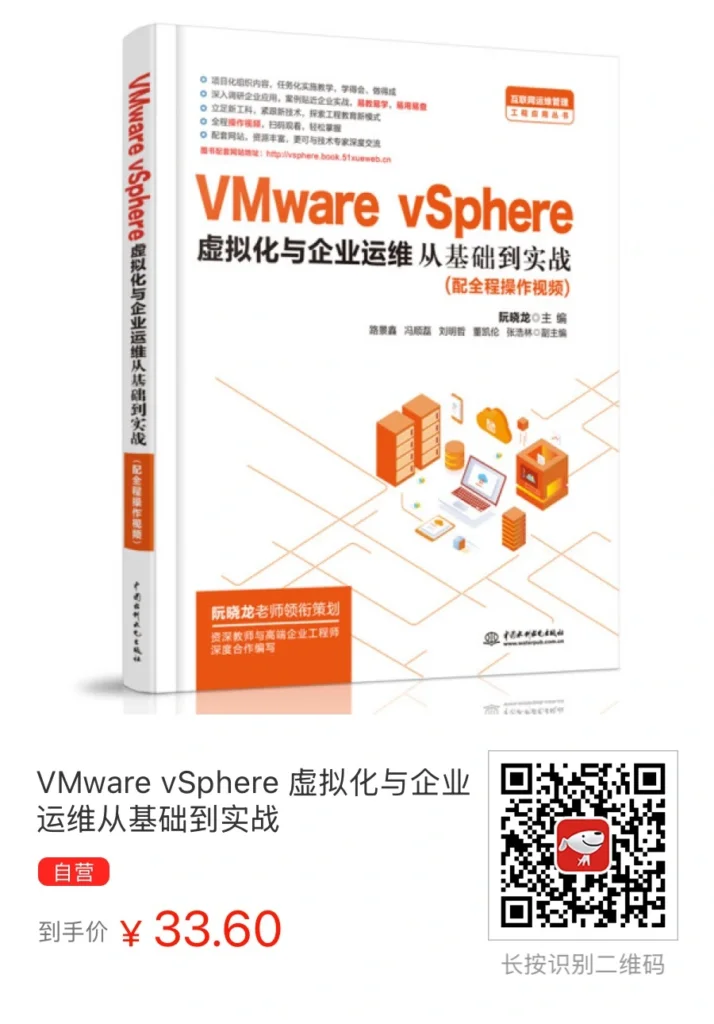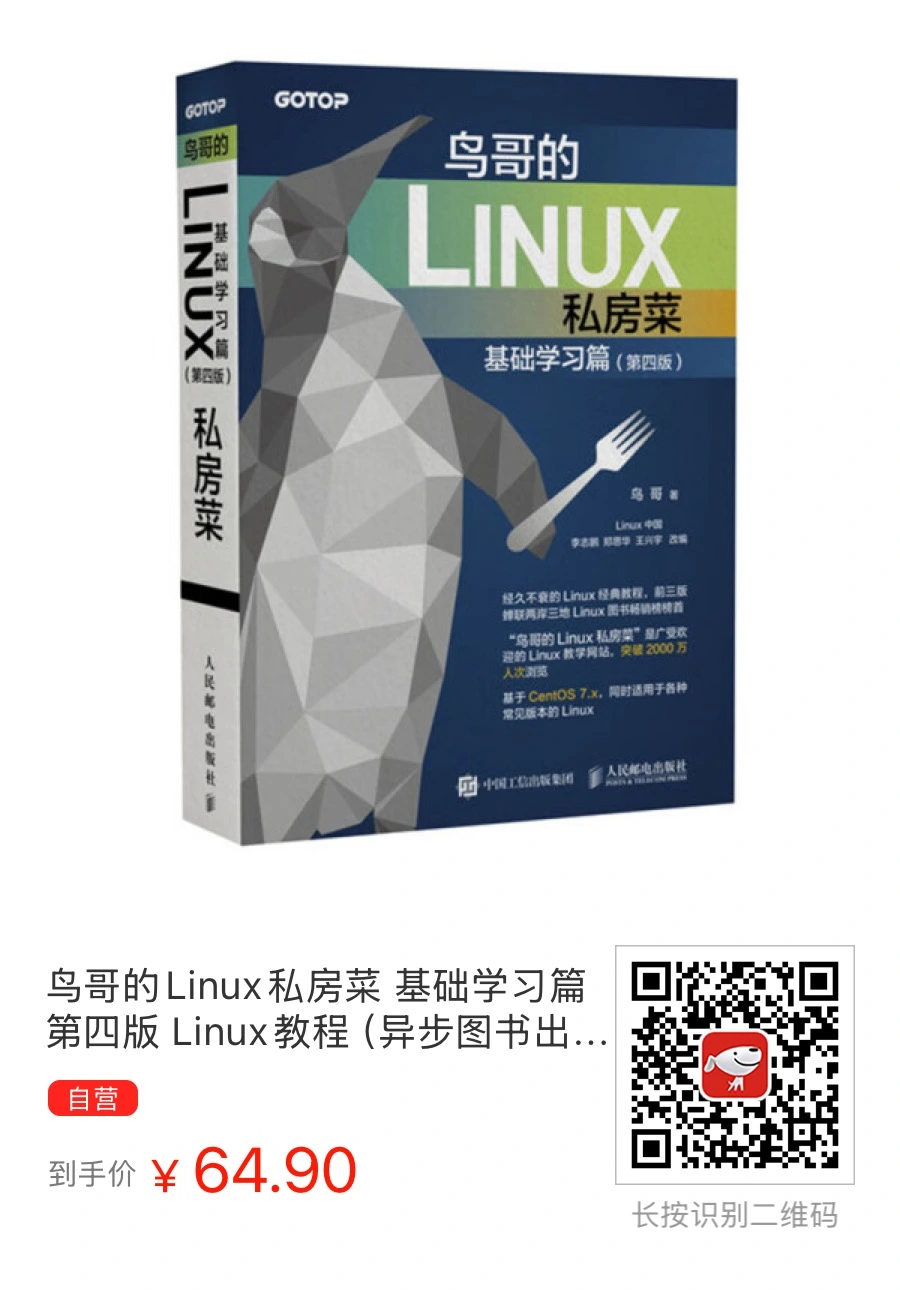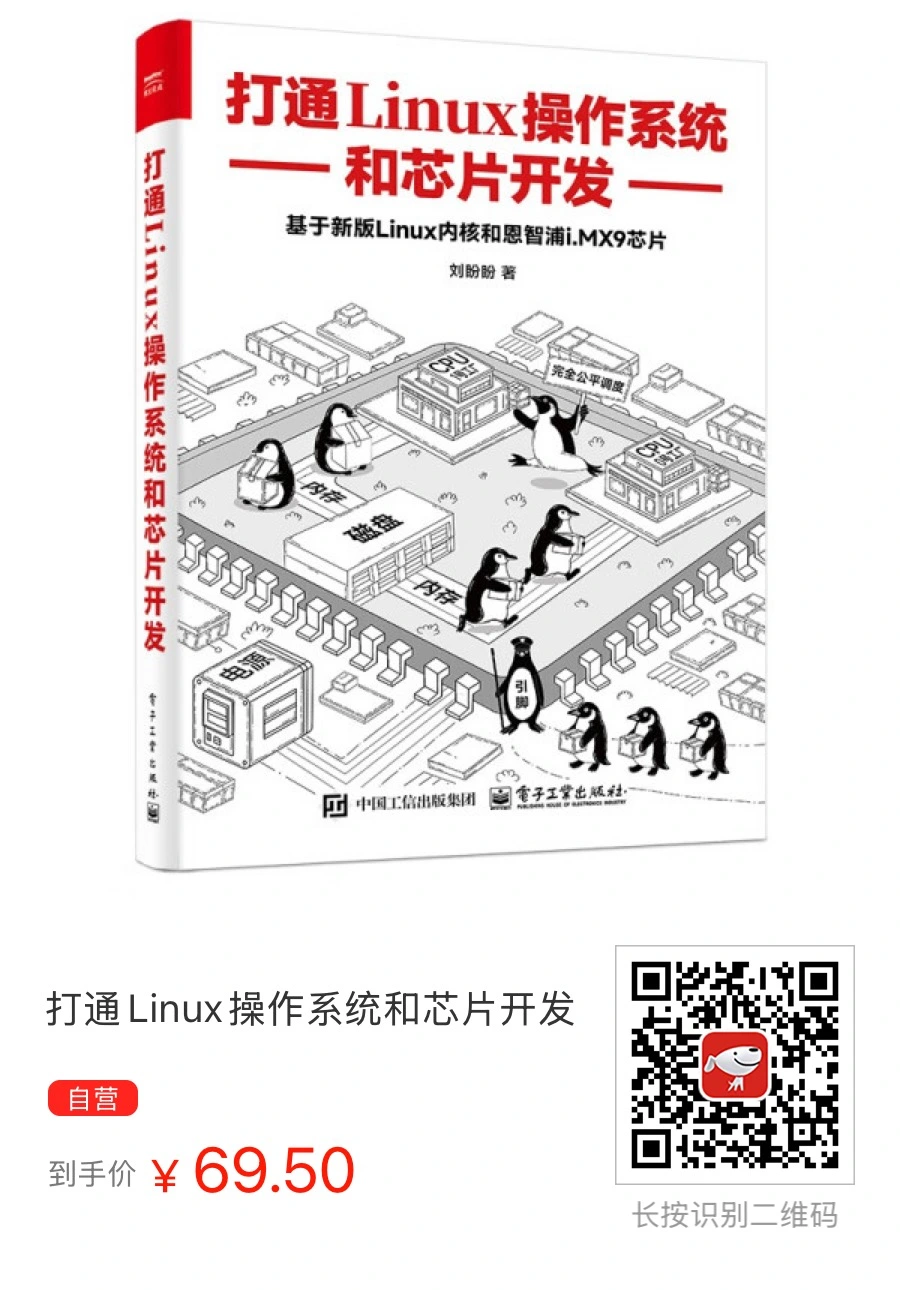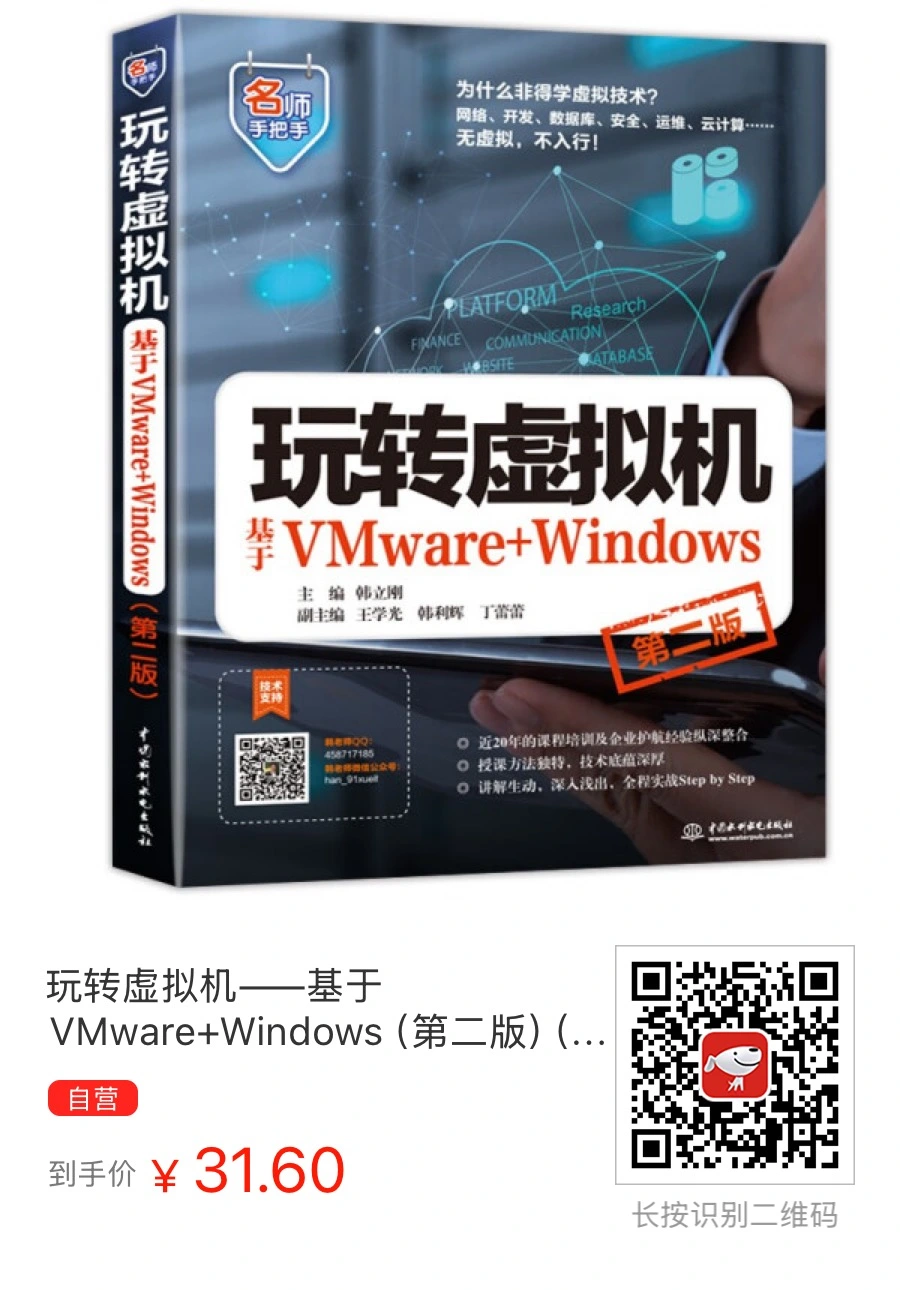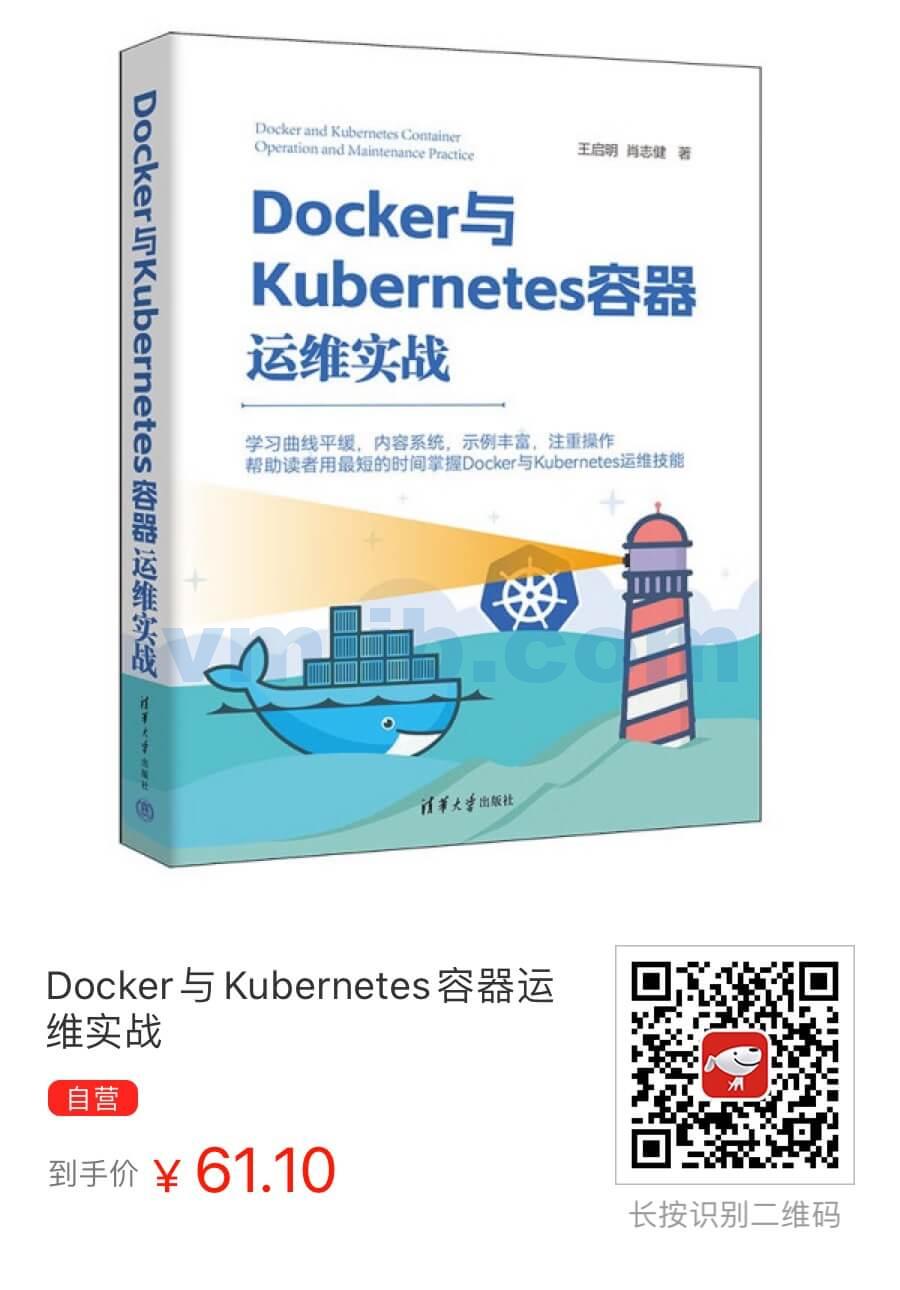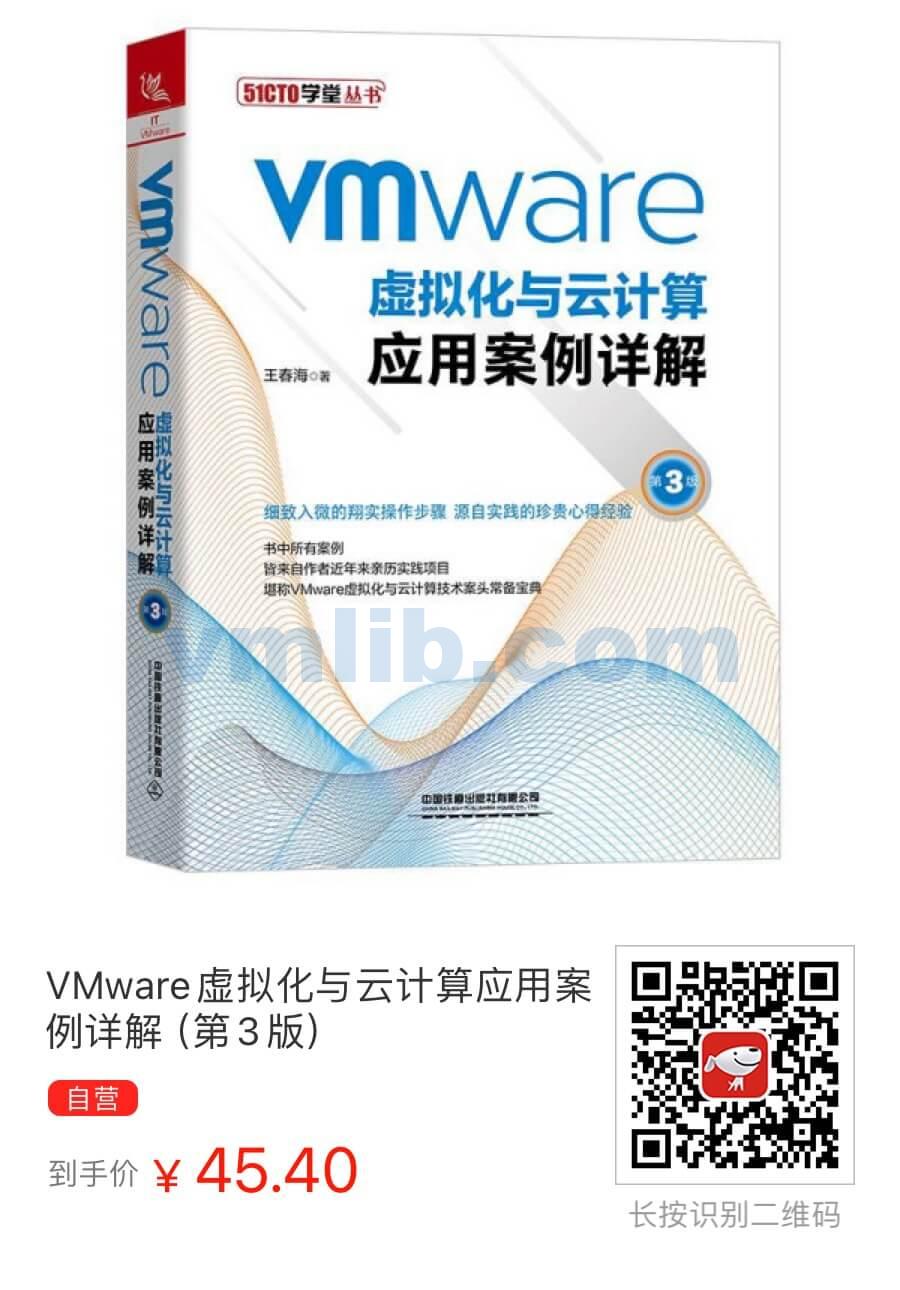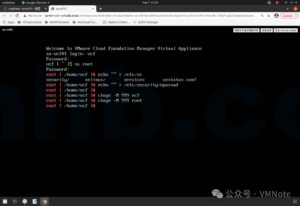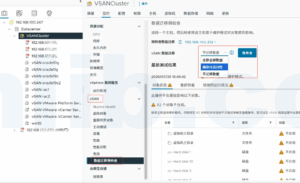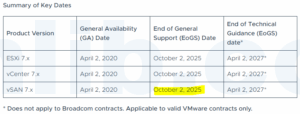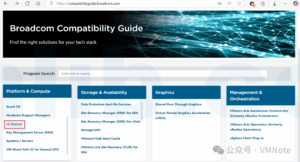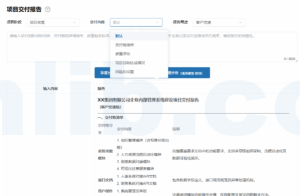To study for VMware HCI Master Specialist Exam | vSAN认证考试题目学习
66. An organization has two vSAN clusters managed by the same vCenter server, each providing 100 TB of storage. The first cluster runs at 75% of its storage capacity, and the second cluster runs at 40% of its storage capacity.
The company also has the following:
• an iSCSI array of 300 TB, which runs at 76% of its capacity
• a NAS system of 200 TB, which runs at 10% of its capacity
• a Fiber channel (FC) array of 300 TB, which runs at 80% of its capacity
The administrator is asked to add an additional 25 TB of storage to the first cluster but is also made aware that there is no budget to purchase new hardware and that the vSAN Storage Policy Based Management must be kept in place.
Which storage option will work for this use case?
- A. Use the iSCSI array to obtain additional free capacity.
- B. Use the NAS to obtain additional free capacity.
- C. Use an HCI Mesh to obtain additional capacity.
- D. Use the FC array to obtain additional free capacity.
Explaination:
To determine the best storage option for adding 25 TB of storage to the first cluster without purchasing new hardware and while maintaining vSAN Storage Policy Based Management, let’s analyze each option:
A. Use the iSCSI array: The iSCSI array has 300 TB total capacity and is running at 76% of its capacity. This means it has about 24% of its capacity free, which translates to 72 TB of free space (300 TB x 0.24). This is sufficient for the required 25 TB. However, integrating iSCSI storage directly into a vSAN cluster isn’t straightforward as vSAN is designed to use direct-attached storage within its cluster nodes.
B. Use the NAS: The NAS has 200 TB total capacity and is only at 10% utilization, leaving 180 TB (200 TB x 0.90) available. While NAS provides ample free capacity, adding NAS storage directly to a vSAN cluster is not typically feasible due to the different nature of NAS (file-level storage) versus vSAN (block-level storage).
C. Use an HCI Mesh: HCI Mesh is a feature in VMware vSAN that allows vSAN clusters to remotely mount datastores from other vSAN clusters. This feature is designed for situations like this, where additional storage is required without new hardware purchases. Since the second vSAN cluster is only at 40% capacity, it has 60 TB free (100 TB x 0.60), which is more than enough for the required 25 TB. This option maintains the vSAN Storage Policy Based Management as it is a native vSAN feature.
D. Use the FC (Fibre Channel) array: The FC array has 300 TB total capacity and is at 80% capacity, leaving 60 TB free (300 TB x 0.20). However, like the iSCSI array, integrating FC storage directly into a vSAN cluster is not typical or straightforward.
Given these considerations, the best option is:
- C. Use an HCI Mesh to obtain additional capacity.
This option leverages existing vSAN infrastructure, adheres to vSAN storage policies, and requires no additional hardware purchases. It effectively utilizes the available storage in the underutilized second vSAN cluster, maintaining a cohesive and efficient storage environment.
- 一个组织有两个由同一个vCenter服务器管理的vSAN集群,每个集群提供100TB的存储空间。第一个集群的存储容量运行在75%,第二个集群的存储容量运行在40%。
公司还有以下设备:
- 一套300TB的iSCSI阵列,运行在其容量的76%
- 一套200TB的NAS系统,运行在其容量的10%
- 一套300TB的光纤通道(FC)阵列,运行在其容量的80%
管理员被要求向第一个集群增加25TB的存储空间,但也被告知没有预算购买新硬件,并且必须保持vSAN存储策略的管理。
哪个存储选项适用于这个用例?
- A. 使用iSCSI阵列获得额外的可用容量。
- B. 使用NAS获得额外的可用容量。
- C. 使用HCI Mesh获得额外的容量。
- D. 使用FC阵列获得额外的可用容量。
解释:
为了确定在不购买新硬件并保持vSAN存储策略管理的情况下,向第一个集群增加25TB存储的最佳选项,让我们分析每个选项:
A. 使用iSCSI阵列:iSCSI阵列总容量为300TB,运行在其容量的76%。这意味着它有大约24%的容量是空闲的,相当于72TB的空闲空间(300TB x 0.24)。这对于所需的25TB来说是足够的。然而,将iSCSI存储直接整合到vSAN集群中并不简单,因为vSAN设计用于在其集群节点中使用直连存储。
B. 使用NAS:NAS的总容量为200TB,仅使用了10%,留下180TB(200TB x 0.90)可用。虽然NAS提供了足够的空闲容量,但由于NAS(文件级存储)与vSAN(块级存储)的性质不同,将NAS存储直接添加到vSAN集群通常是不可行的。
C. 使用HCI Mesh:HCI Mesh是VMware vSAN的一个特性,允许vSAN集群从其他vSAN集群远程挂载数据存储。这个特性适用于像这样的情况,需要额外存储但不购买新硬件。由于第二个vSAN集群仅使用了40%的容量,它有60TB的空闲空间(100TB x 0.60),远远超过所需的25TB。这个选项保持了vSAN存储策略的管理,因为它是vSAN的原生特性。
D. 使用FC(光纤通道)阵列:FC阵列总容量为300TB,使用了80%的容量,留下60TB空闲(300TB x 0.20)。然而,像iSCSI阵列一样,将FC存储直接整合到vSAN集群中通常不是典型的或简单的。
鉴于这些考虑,最佳选项是:
C. 使用HCI Mesh获得额外的容量。
这个选项利用了现有的vSAN基础设施,遵守了vSAN存储策略,并且不需要额外的硬件购买。它有效地利用了可用的存储空间。





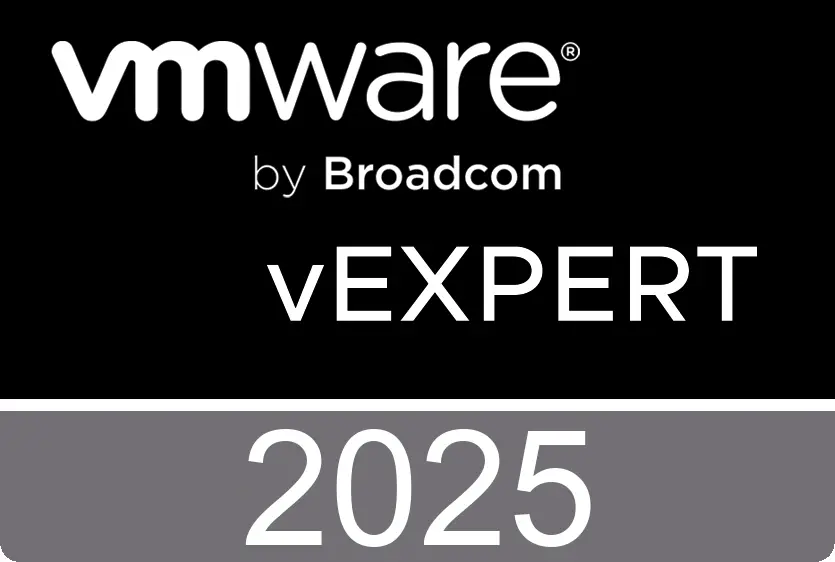
 VM技术助理
VM技术助理

